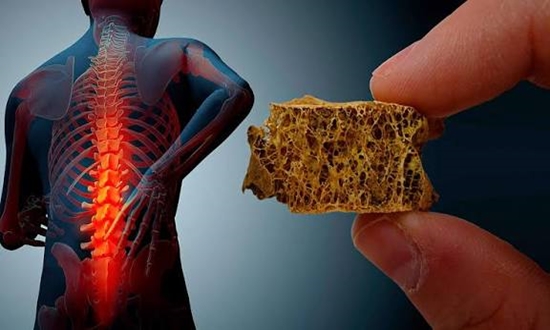Osteoporosis, a Silent Epidemic Threatening the Elderly Population

Osteoporosis is a prevalent metabolic bone disease that significantly impacts the elderly, often remaining asymptomatic until a fracture occurs. With aging populations worldwide, this condition has become a major public health challenge. The World Health Organization estimates that one-third of women and one-fifth of men over 50 will suffer an osteoporosis-related fracture in their lifetime. In Iran, approximately 34% of individuals over 60 are affected, with higher rates among women (41%) compared to men (23%).
The disease results from various risk factors, including aging, hormonal changes, vitamin D and calcium deficiencies, and lifestyle choices such as inactivity and substance use. Alarmingly, dairy consumption in Iran is less than half the global average, raising concerns for bone health.
Dr. Reyhaneh Darvish from Iran University of Medical Sciences emphasizes the importance of physical activity and nutrition in preventing osteoporosis. She recommends at least 30 minutes of brisk walking five days a week and adequate sunlight exposure for vitamin D synthesis. Given the high prevalence of vitamin D deficiency in Iran, supplementation is advised.
Preventive measures should begin in childhood, focusing on proper nutrition, regular exercise, and lifestyle modifications. Bone density screening is crucial for early diagnosis, especially for women over 50 and elderly men.
Osteoporosis not only leads to physical disabilities and decreased quality of life but also imposes significant financial burdens on healthcare systems. With projections indicating a potential doubling of osteoporosis cases in Iran by 2050, addressing this condition requires a comprehensive national response, including public awareness campaigns and lifestyle interventions.


comment